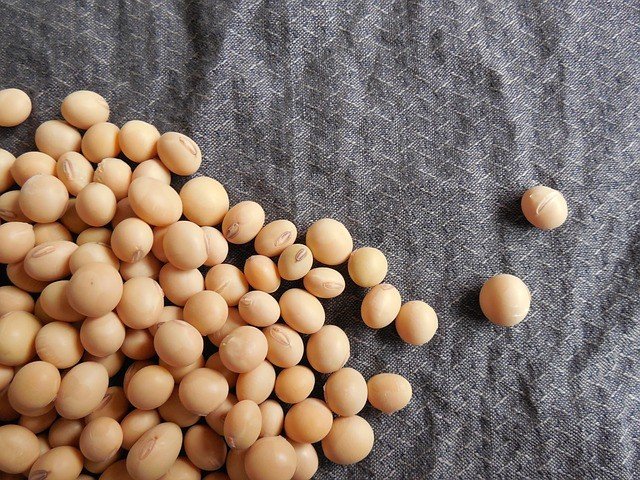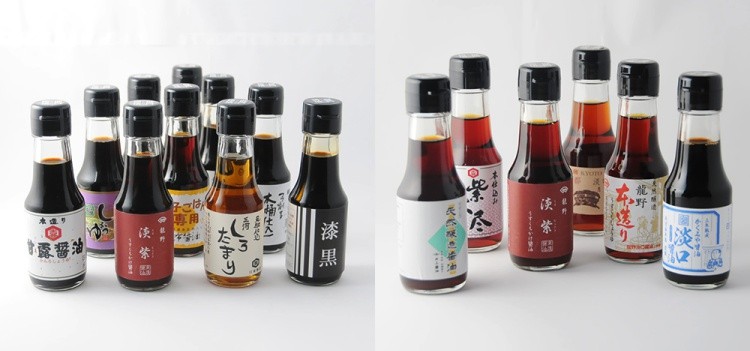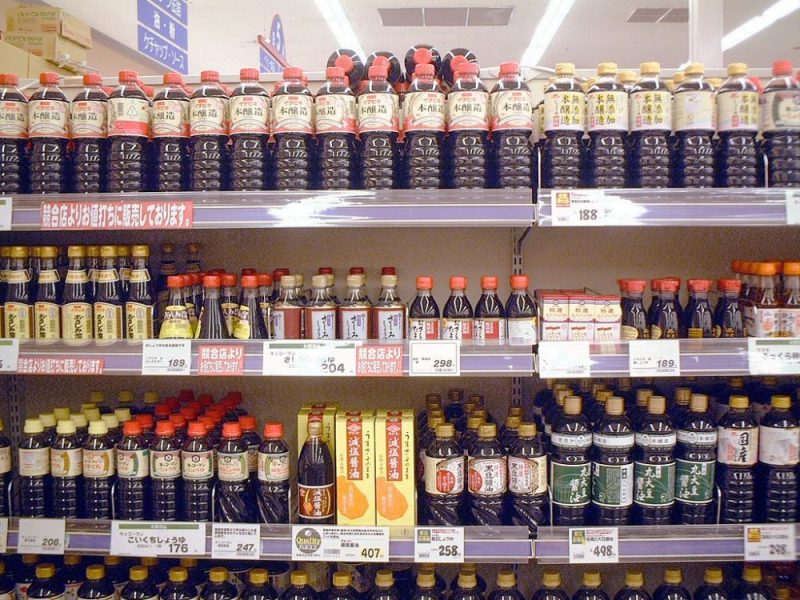In this article, we are going to talk about one of the main ingredients that accompanies Japanese cuisine, the famous soy sauce (醤油) or soy sauce. Let's answer the following questions about this sauce: What is the origin of soy sauce? What are the benefits of soy sauce? What are the dangers of soy sauce? What are the ingredients in Shoyu? How to use soy sauce? These and many other curiosities and questions will be answered in this article.
What is the origin of Shoyu? The origin of shoyu is Chinese, records indicate its use around 500 AD, Japanese records indicate around 700 AD. The word shoyu 醤油 is composed of 2 characters that mean 醤 (paste or puree, similar to miso.) 油 (oil, fat). In Chinese the Ideograms are the same but it is pronounced jiangyou.
Since ancient times, Japan has used animals and other vegetables to create preserves and sauces for salting and seasoning food. This must be one of the reasons the word shoyu uses an ideogram that refers to miso paste. Even the famous tamari shoyu used mainly in sushi and sashimi was extracted from miso.
Índice de Conteúdo
How is shoyu used?
Soy sauce is used to replace salt, add flavor and enhance the color of food and is very popular in all Asian countries. Shoyu can be used in virtually any Asian cuisine recipe, including desserts like dango.
Unlike Westerners, in Japanese cuisine, soy sauce is not used in large quantities, in salads or in prepared dishes. Most of the time it is used to season the meat before taking it to the fire, or it is used in recipes before preparing them. Of course, shoyu and soy derivatives are always available in restaurants for you to season your dish as you wish.
Most of the time shoyu is used with sugar or it is already sweetened. Pure or salted soy sauce is most often used in sushi or sashimi. In fact, there are several different types of soy sauce or even other soy sauces that you can confuse with soy sauce, below we will see some types of soy sauce and where they are used:
- Koikuchi - Koikuchi (shoyu) - The most common soy sauce. It is salty and has a slightly sweet taste and is rich in umami;
- Tamari – Thicker soy sauce used to eat with sushi, sashimi and teriyaki;
- Saishikomi - Fermented in soy itself, it is also used in sushi, sashimi and tofu;
- Usukuchi – Originated in Kansai and has 10% more salt than usual and has a light and light color;
- Shiro – Used in soups, shiro is whiter, lighter and sweeter;
How is soy sauce made?
Soy sauce is not entirely composed of soy. Soybeans are soaked in water, steamed and mixed with roasted and ground wheat, a type of fungus called koji. This mixture is made together with a brine forming momori that is aged from 6 months to 2 years. After this long fermentation process, it is completed with compression and heating.
Because of the large consumption of soy sauce, this process can be faster (1 week) using a synthetic process where the soy amino acids are separated by hydrolysis, added with caramel and flavoring.
Brazil vs Japan
What is the difference between Brazilian and Japanese sauce? If you're concerned about the amount of sodium, no matter where it's made, it's going to have plenty of sodium. The difference between each country's soy sauce is in its flavor and color. Brazilian soy sauce is usually more salty and black, and usually uses a synthetic production method and is full of artificial coloring and ingredients. Japanese soy sauce comes in several variations, and is often made with nothing but salt, wheat, soy, and fermentation ingredients.
What are the consumption differences? Unlike Brazilians, the Japanese use soy sauce in very little quantity. They avoid putting the sauce on the sushi rice, and only lightly wetting the fish.
The article is still halfway through, but we recommend also reading:
What are the dangers and benefits of soy sauce?
The main danger of soy sauce is its high presence of sodium. It is recommended to eat a maximum of 1 to 2 tablespoons of soy sauce per day. Therefore, we recommend that you do not use soy sauce in salads or in recipes that require a large amount. But sodium is not the only danger, unfortunately we have to be smart with any kind of industrialized product.
But as it is composed of soy, it is rich in proteins, iron, calcium and vitamins and especially vitamin B. Soy and derivatives have antioxidant action and help to prevent diseases such as osteoporosis and cancer. Thus, it is necessary to have discernment and know the best way to consume this sauce and derivatives.










